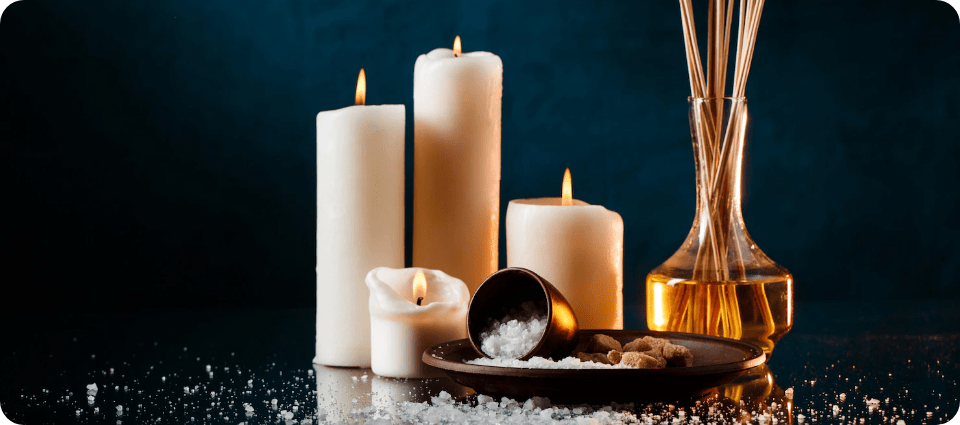SAFETY FIRST: THE IMPORTANCE OF PROPER CRANE CONTROLS AND MATERIAL HANDLING

Overhead cranes are robust machines that can perform heavy lifting in various settings and sectors. Operating heavy machinery necessitates extensive training, safety awareness, and accountability to prevent numerous industrial accidents and mishaps. Accidents involving equipment have the potential to cause significant injury and expensive downtime. Below is the importance of proper crane controls and material handling:
Reduce product damage
Product harm could ensue if products are manually moved across a facility floor without being handled carefully. Manual lifting and moving of goods by facility workers raises the possibility of product damage. This might occur, for instance, if a person drops something unintentionally and it breaks.
Material handling equipment is helpful in this situation to deliver goods safely and reduce product damage. This helps the facility avoid incurring additional costs from replacing and sending damaged products again, which could be expensive. Cranes are used to lift bulky items to prevent drops and damage.
Ensure the operator’s safety.
Employees can perform at their highest level because they are confident in the workplace’s safety. Error thrives in an environment of uncertainty. Workers’ confidence in their capacity to use the system increases when they know the crane is fully functional and certified secure.
Although going the extra mile to examine cranes may seem banal, no shortcuts should be cut because of how cranes are used. An overhead crane failure during the lifting and delivery of a product or large item has the risk of causing severe harm or even death in addition to damaging private property and costing money to repair. Because of this, it’s important to take care of any overhead system’s maintenance and inspection.
As the industrial experts at Kor Pak advise, regular crane assessments maintain a safe work environment. This will aid businesses in adhering to safety regulations, thereby reducing workplace accidents.
Improve productivity and work efficiency.
Material handling technologies also improve the effectiveness of floor staff by automating work. As a result, employees can complete more work in less time. These technologies can decrease the number of trips made within a warehouse facility, increasing the unit load.
Material handling systems boost productivity as well as work effectiveness. When employees must handle heavy objects, they become fatigued, frequently lowering productivity. Material handling equipment increases productivity by relieving the workers of this strain. Automated conveyor belts, for example, boost productivity by quickening the manufacturing cycle and speed.
Money saving
Saving money is a significant factor for logistics and manufacturing projects due to the building industry’s declining profit margins. Although initially expensive, cranes and other material-handling equipment save much money. These tools enable more effective product delivery without increasing costs or staffing levels.
Cutting save on labor costs and shipping time by drastically reducing the number of employees required to sort, package, and handle goods. This means that work may be completed more quickly with fewer workers.
A few closing words
Regular crane safety inspections are life-saving procedures necessary for regulatory compliance. Additionally, putting in place the best material handling systems that protect workers will aid in luring top talent.




